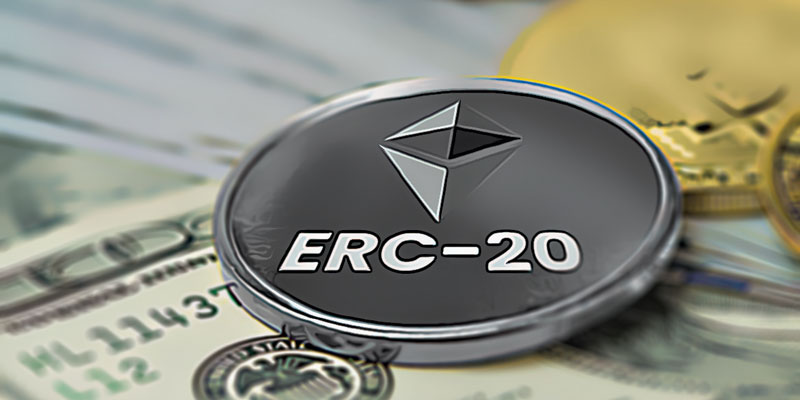One of the safest ways to invest is in investment certificates, because they guarantee a return on capital. Different varieties of GICs exist, and you must know their distinctions.
Non-redeemable GICs typically have the highest interest rates of any type of GIC. However, you must adhere to certain stringent contract requirements to acquire access to those rates, which have climbed sharply in 2022 owing to the Bank of Canada's continuous war against inflation.
Non-Redeemable GICs—How Do They Work?

Investing in a non-redeemable GIC allows you to lock in your savings at a higher interest rate for a certain period.
These investments are not readily convertible into cash or redeemed for cash like cashable or redeemable GICs. Your funds will be unavailable for withdrawal during the selected tenure. You can renew your non-redeemable GIC at maturity to keep your funds invested and earning interest, or you can withdraw the principal and income at maturity.
There is a wide range of non-redeemable GIC terms. Term lengths for GICs range from 30 days to 10 years. Generally, the longer the loan period, the lower the monthly payment (interest rates might reach as high as 6% for lengthy terms).
It will be incredibly difficult and costly to terminate your contract. Because of this, non-redeemable GICs are typically the best choice for investments with a longer time horizon, such as a down payment on a home. For maximum return, wait until your investment has fully matured.
How To Get A GIC That Is Not Redeemable
Canadian banks and credit unions typically provide customers with the opportunity to invest in non-redeemable GICs. Be sure to compare offers to get the most favorable pricing and terms.
It's in your best advantage to work with a bank that is either a CDIC member or offers some other form of deposit insurance. If the financial institution ever gets into problems, this measure will better protect you and your money. If the bank collapses, you are protected up to $100,000 by the CDIC.
Cashable and Redeemable GICs vs. Non-Redeemable GICs
Cashable GICs are more like savings accounts, whereas non-redeemable ones are more like term deposits. Availability of withdrawals is the key distinction between various GIC varieties. A savings account, for instance, allows withdrawals at your convenience.
Even if you withdraw from a savings account, you will continue to receive interest payments and won't lose any money that has already been earned. In many ways, a cashable GIC is comparable to a savings account; however, there is often a 30-day minimum holding period.
For cashable GICs, early withdrawal results in the return of your principal but no interest if you cash out before the 30-day grace period has passed. You can withdraw the funds from a redeemable GIC at any time, but you will be charged a penalty in the form of a reduced interest rate proportional to the amount of time the funds were kept.
As an illustration, if you cash in a one-year redeemable GIC after only six months, you will still receive the interest paid out for those six months, but you will earn interest at a lower redemption rate.
Is It Possible To Terminate A GIC That Is Not Redeemable?

Non-redeemable GICs need the buyer to agree to the bank's terms and conditions at the time of purchase. You must accept that the GIC cannot be redeemed before maturity if it is a non-redeemable GIC. Before the GIC's maturity date, you'll need the GIC issuer's consent to redeem the investment for whatever reason other than financial hardship.
A non-redeemable GIC may not be broken, and your GIC provider is under no obligation to do so. There may be fees associated with withdrawing money from a non-redeemable GIC, even if your bank or GIC provider permits you to break the GIC. Interest accrued through the redemption date may be included in this amount.
A GIC may be assigned or transferred to another person at various financial institutions. This might be a good alternative if you require access to your funds before the maturity date. Find out if this is permitted by your bank or GIC provider.
Whether you want to transfer or assign ownership of your GIC, you should find out if there are any costs or restrictions, as well as any tax consequences, to doing so.
In Conclusion
If you're searching for a low-risk investment with a guaranteed return, a non-redeemable GIC might be the way to go. They work well for long-term savers or those who will require access to their funds later. Learn more about these items' features and how to compare service providers to land the best price.



